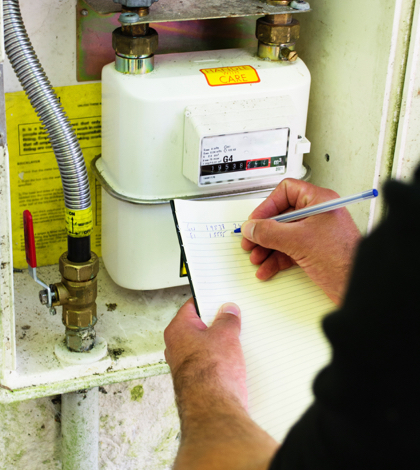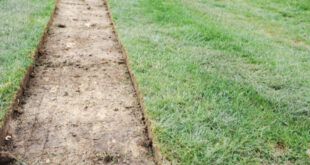Statistics regarding summer water use were released by the State Water Resources Control Board in late July, revealing that urban water use is down by 27%. Despite this, 16 local districts have failed to meet the conservation goals set for them by state officials – a shortcoming that could result in fines, per Governor Jerry Brown’s orders. Those communities include the Coachella Valley, Fallbrook and El Monte; the worst-performing on the list was the city of Livingston in Merced County, which fell short of its conservation goal by 29 percentage points.
One state official remarked that this small group of communities was “significantly off the mark” on water conservation. “We need to get them back on track,” said Max Gomberg, the State Water Resources Control Board’s climate and conservation manager. “We are going to be meeting with them, and our intent is to develop enforceable orders.”
All 16 agencies on the list are located in Southern California and the Central Valley, where temperatures run higher and more crops are grown for commercial purposes. None of the communities listed are in the Bay Area, which benefits from cooler temperatures, closer proximity to the ocean, less agricultural activity and generally higher rainfall.
This raises a red flag for some water agencies on the list, such as Fallbrook Public Utility District. Officials in the unincorporated San Diego County community questioned the state’s data, saying there was a possibility that some water used for agriculture may have been mistakenly calculated as residential use.
Meanwhile, some state water officials fear the public’s reaction to any future rainfall – the logic being that if an El Niño storm system brings enough precipitation to end the drought, Californians will be inclined to stop their water conservation efforts. “It’s not that I hate El Niño, I hate El Niño hype,” said water board chair Felicia Marcus. The board’s recent numbers were released in the wake of a series of summer showers and thunderstorms, including those associated with tropical storm Dolores. That rainfall broke at least 11 regional records for daily rainfall in July, including a 129-year record set in 1886.
10 days later on July 30, a flash flood propelled by a current traveling through the Gulf of Mexico hit large parts of Southern California, including San Bernardino, Ventura, Los Angeles and Riverside counties. But officials remain stalwart that the drought is still in effect, and local water districts must achieve their state-issued conservation goals.
 California Water News Daily Your Source For Water News in California
California Water News Daily Your Source For Water News in California


